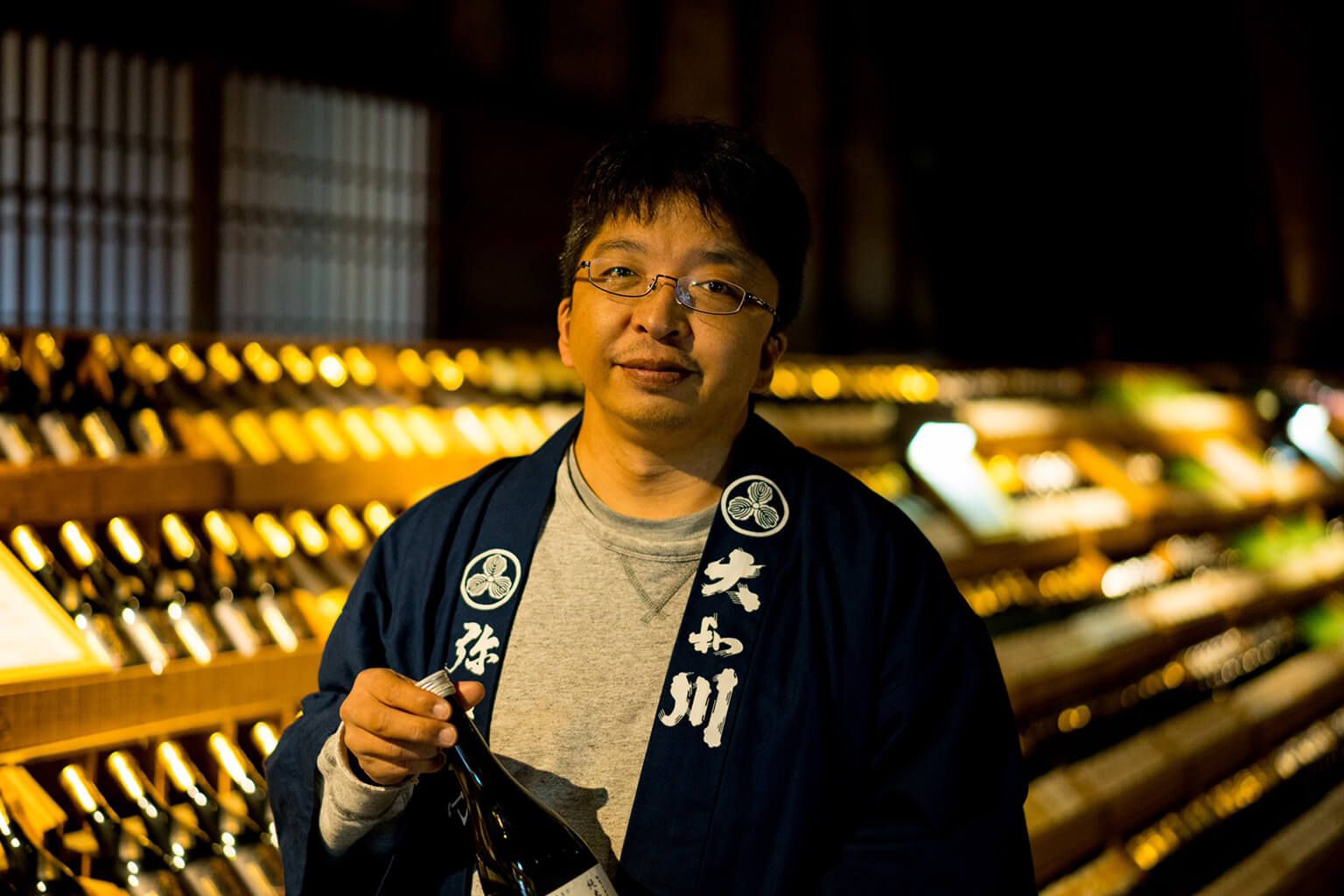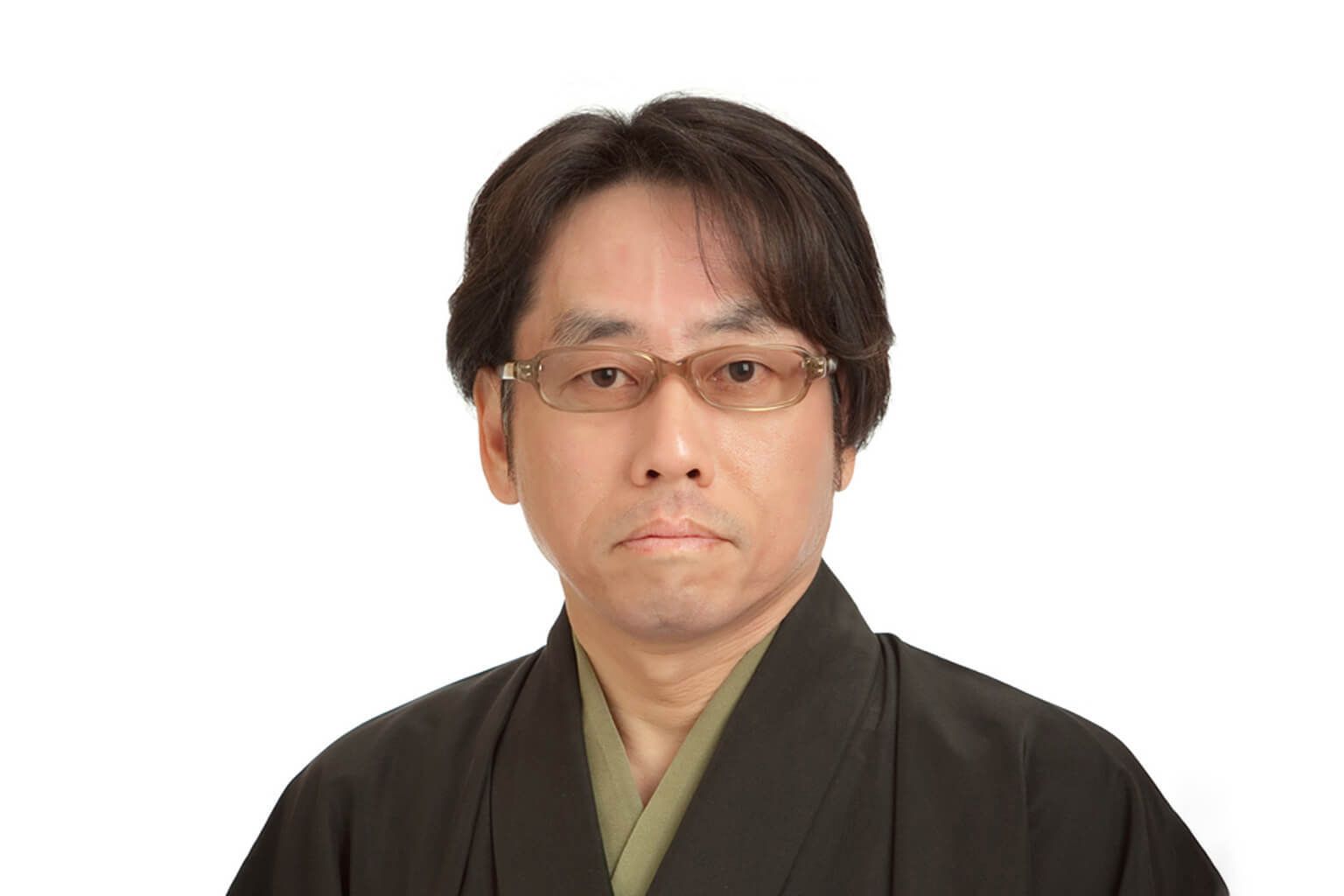When the crisp autumn winds tap on the window, it’s time for hot pot!
“Nabemono,” a compound word made up of nabe for “cooking pot” and mono for “things,” is a category of Japanese hot pot that is especially nourishing to the body and soul. It’s the kind of dish that calls for friends and family to gather around the table to enjoy conversation while cooking—and consuming—the delicious meal.
There are so many kinds of hot pot recipes made of different combinations of thinly sliced meats or seafood, seasonal vegetables and noodles. And one of the best features of Japanese hot pot is that almost anything you have in your fridge can be acceptable substitutes.
Just think: pot, broth, your choice of ingredients—et voilà! You’re good to go!
I love serving nabemono! Not only is it very easy to prepare at home, it’s cooked right at the table with everyone’s help, making it a very sociable and intimate meal. And instead of being in the kitchen, I get to be part of the conversation, sipping on sake and connecting with my people, making it the perfect party dish.
Of course, hot pot isn’t complete without a good accompanying drink. Here are three popular and easy-to-make nabemono alongside premium sake that are new to the Tippsy collection and worthwhile to try.
Want more authentic Japanese food to pair with your sake? Visit Tippsy Marketplace.
Shabu-shabu
The most popular type of Japanese hot pot is shabu-shabu. The name is a Japanese onomatopoeia for “swish-swish,” the sound that comes from the stirring of meat and vegetables in the pot.
With this style, raw meat is not cooked at the same time as the other ingredients but instead, when ready, one would pick up their meat of choice, swish-swish it in the broth for a few seconds to cook, then transfer to their own dipping sauce (usually ponzu or sesame dressing).
We recently shared a shabu-shabu lunch at home with some friends who usually drink sweeter wines. But when they tasted Suehiro “Densho” Yamahai Junmai (a rich, dry sake), they couldn’t get enough and I saw several more pours!
At room temperature, the dryness is more mellow and aromas are restrained, but when warmed, it opens up to enticing aromas of mushroom and nutmeg, and a deeper richness of rice tones.
If a trip to Japan is in the books, make sure to visit Suehiro Brewing Company. The brewery offers a complimentary set of eight sake samples and a tour of the traditional Japanese structure built with no nails in 1873, earning the title of the “Most Fun Brewery to Visit.”
Sukiyaki
Sukiyaki has a special place in my memory as it was my very first introduction to Japanese hot pot. I was in 4th grade when my Japanese Culture teacher, Kawabata-sensei, made sukiyaki for the class, and it became another reason I fell in love with Japan.
Sukiyaki is technically very different from shabu-shabu. The meat is seared before adding vegetables and other ingredients. Also, it’s cooked in a sweet soy-sauce rather than a broth.
This time, I wanted to try cooking with sake so I explored a recipe that called for equal parts mirin, soy sauce and sake. Because of its versatility with different temperatures, I opted for Kikusui “Karakuchi.”
This sake is slightly dry but it still feels very light in the mouth, with a smooth body and enjoyable nuttiness. Among the different types of sake, I’ve only tried a few honjozo but this opened the door to trying more of this style. “Karakuchi” is so easy to drink and budget-friendly; it’s also part of the Dry Sake Set.
Miso nabe
Miso nabe is a great way to enjoy a seafood or vegetarian hot pot. Miso soup is a daily staple in Japan and like apples, having a cup of miso a day is thought to “keep the doctor away.”
For this style, the miso-based broth is prepared first. Then tofu, napa cabbage, proteins and other ingredients are arranged in the pot before being poured over with the hot broth. The pot is covered while it sits to allow the ingredients to cook evenly and absorb all the delicious flavors.
It was a Friday night for us so we enjoyed the miso nabe with Kikusui “Karakuchi” gently warmed up. Then, we capped off the evening with Nito “Yamadanishiki 55,” slightly chilled. A light, sweet junmai ginjo, this sake seemed to have an almost effervescent quality, with a gentle ribbon of slightly sour and pleasingly sweet citrus notes.
It was the perfect final goodbye to summer, and a welcoming embrace to the cold months ahead.
What’s your favorite sake to drink with hot pot? Do you prefer shabu-shabu or sukiyaki? Let us know at #Tippsy!















